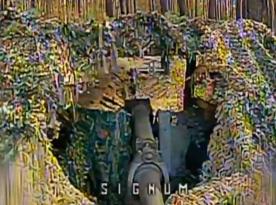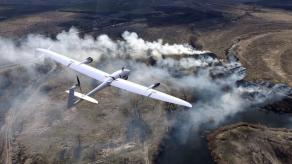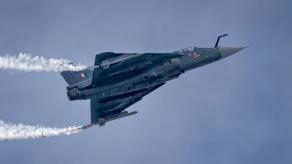The Iraqi Armed Forces have 24 Pantsir-S1 surface-to-air missile systems, acquired from russia. Furthermore, the russian Pantsirs constitute the core of the Iraqi ground-based air defense, although the emphasis slowly shifts towards the KM-SAM systems currently contracted from South Korea.
Considering recent events, though, Iraq may want to accelerate the transition because on the night of June 24, Pantsir-S1 systems failed to repel an attack by unknown kamikaze drones on Iraq, as follows from a report by The Defense Post.
Read more: How iran Got AWACS From Iraq and Why Those Jets Were Not Used Against Israel
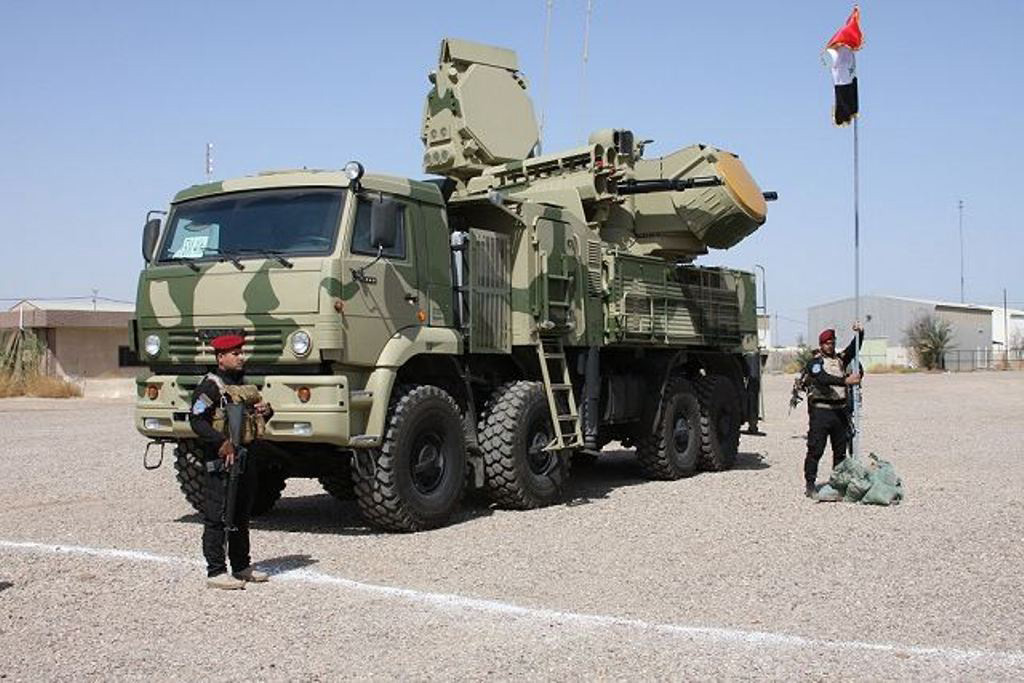
Only scarce details are known so far. The drone raid reportedly took place Tuesday, on the very same night after the U.S. President Donald Trump announced a ceasefire between iran and Israel.
Aerial one-way attack drones of unidentified origin targeted a radar station at the military base in Taji, Iraq, as well as several more radars at the Imam Ali airbase near Dhi Qar. In addition, another unknown UAV fell 10 kilometers from the international airport in Baghdad, where a contingent of U.S. deployed for anti-ISIS operations is located.
Iraqi authorities admitted they were unable to record the launch site of the kamikaze drones, only assumed based on preliminary data that the U.S. and Israel were involved.
On a separate note, the airspace of Iraq was closed for all prior 12 days of hostilities between iran and Israel. This strike therefore became the first such perpetration for Iraq since the outbreak of the conflict.
Based on the statements from Iraqi officials, it is unlikely that the incident became an unfortunate result of some sort of agreement to let the drones through which unexpectedly went wrong. Regardless, the Iraqi military should've had the earlier mentioned two dozen Pantsir-S1 systems for close range engagements, tailored specifically to counter low-flying threats like drones or cruise missiles.
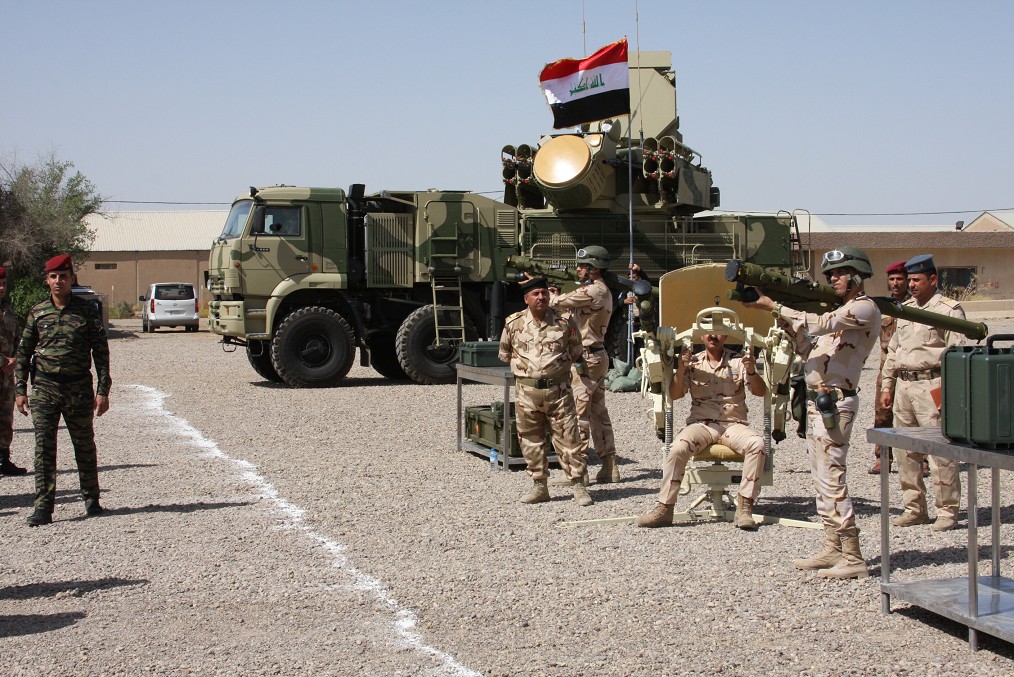
Moreover, let alone neutralizing the threats, Pantsir systems couldn't track down the launch points. The drones "severely damaged radar systems" at Taji. Although worth noting, according to the Iraqi side, the national forces managed to intercept several drones targeting other locations than named in the report. The means of interception are not specified.
Read more: russia Wants to Sell Its New Gunless, Stationary Pantsir-SMD-E For Export





